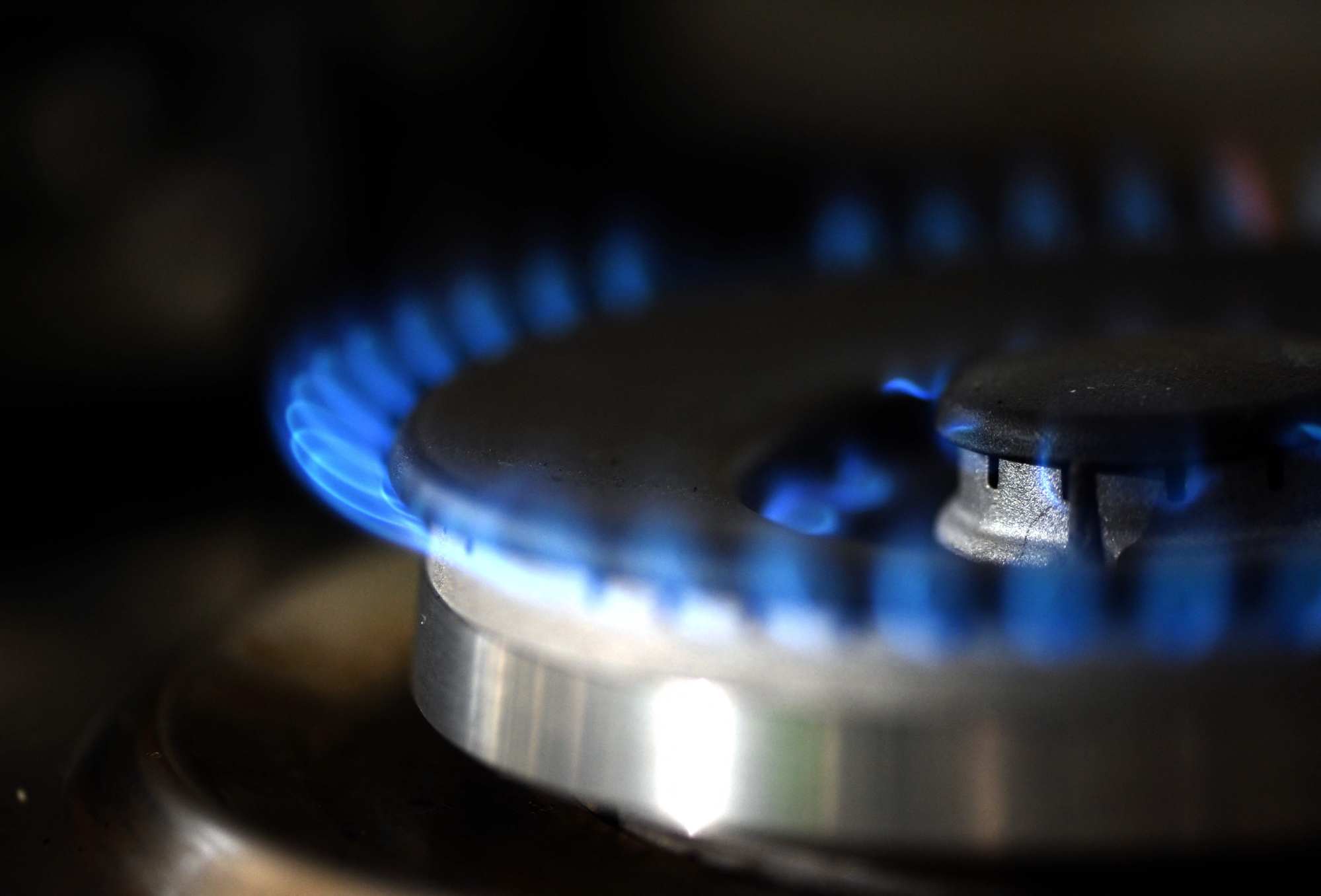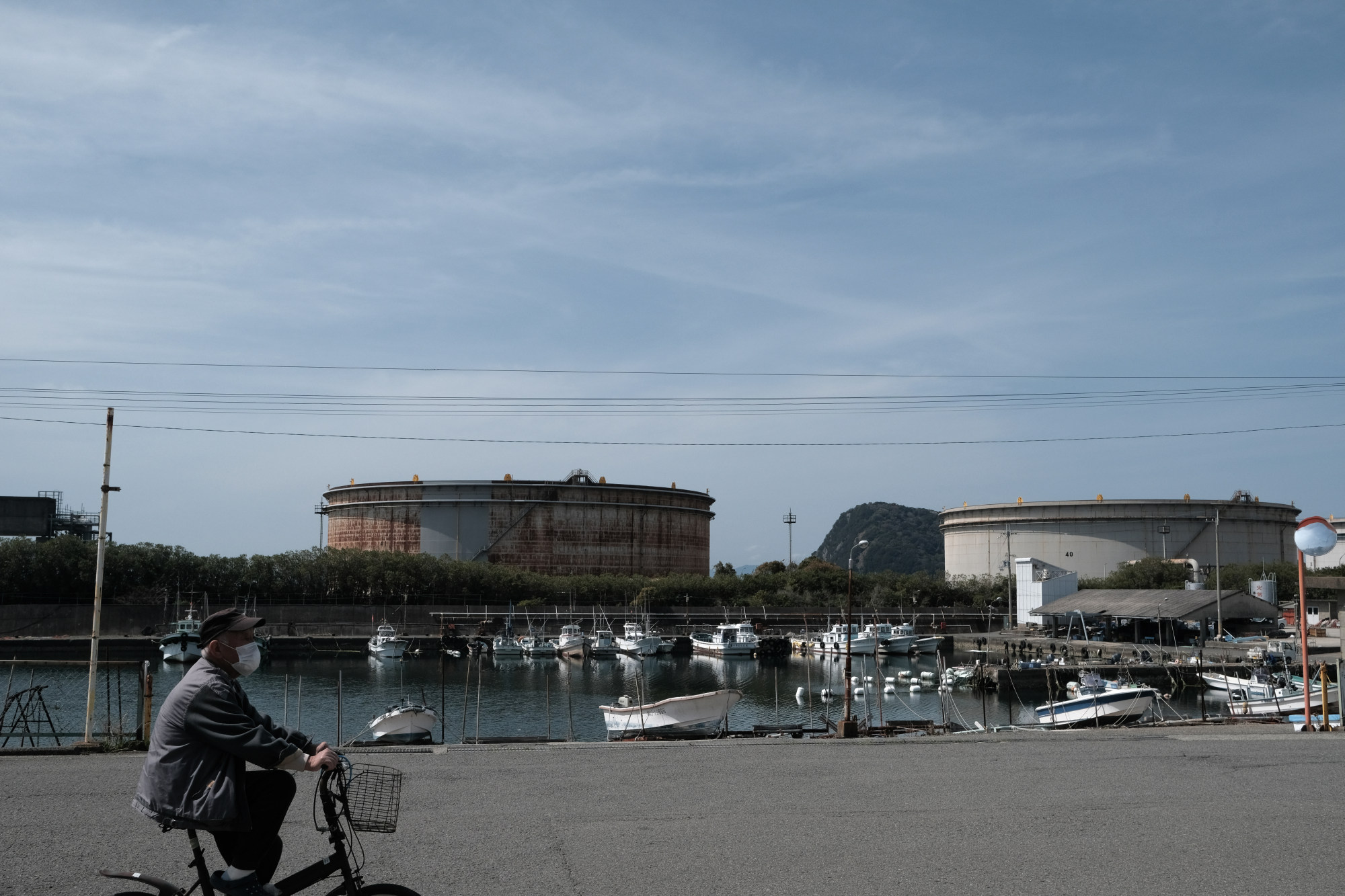
Japan grapples with higher electricity bills as Ukraine war forces rethink of Russia energy links
- Energy-poor nation imports 88 per cent of its energy supply; sanctions on Moscow and increased competition is putting this provision in jeopardy
- Analysts warn of rocky road ahead as Tokyo seeks alternatives, with rising prices and increased renewable and nuclear energy likely scenarios
Japanese energy specialist Takeo Kikkawa has found himself thinking about the 1970s in recent weeks, and the time when a surge in oil prices left Japan’s economy reeling, resulting in it recording negative growth for the first time since the end of World War Two.
Russia’s invasion of Ukraine – and the resulting sanctions by G7 nations and other Western allies, including on energy supplies – has left Japan facing a dilemma over its energy strategy. It finds itself in the unenviable position of having much less leeway than others to reduce its dependence on Russia.
The energy-poor nation imports 88 per cent of its energy supply, mostly oil, gas and coal. It is the world’s second-largest liquefied natural gas (LNG) importer after China.

For more than a decade, it has tapped Russian gas so it can reduce its reliance on Middle East oil and make up for lost nuclear power capacity.
Russia is not Japan’s biggest energy supplier – in 2021, it delivered 8.7 per cent and 3.7 per cent of Japan’s LNG and crude oil imports, respectively – but these imports have helped to boost the country’s energy security. It gets about 13 per cent of its power-generating coal supply from Russia.
It also imports LNG from Australia and Southeast Asia and oil, Japan’s biggest energy source making up about 40 per cent of its consumption needs, it mostly imports from the Middle East.
Asia’s energy future thrown into doubt as EU’s Russia boycott takes shape
“In terms of the difficulty of dealing with the situation, this [crisis] more resembles oil shocks in the 1970s, ” said Kikkawa, a professor at the International University of Japan in Niigata.
Japanese consumers and businesses are already beginning to feel upheaval in energy markets brought on by war, sanctions, and rising power needs as countries recover from the pandemic – as well as the energy transition that sees funds diverted away from fossil fuel extraction in favour of renewables.
Electricity bills are rising month by month. Tepco, the Tokyo region’s electricity provider, is adding an average additional charge of 1,813 yen (US$14) to household bills this month in the face of rising prices.
Disposable income for Japanese households is set to shrink, while Japanese companies, unable to pass on higher fuel costs to customers entirely, will see their business profitability eroded.
More crucially, as Japan’s energy imports cost more, its current account deficit will expand. This fundamental shift is seen as a factor behind the steep depreciation of the yen in recent weeks.
There is also little prospect of long-term respite because Japan’s existing energy projects in Russia are in danger.
Energy island of Sakhalin
The two nations’ relationship has endured despite Tokyo and Moscow being mired in a dispute over the sovereignty of the Russian-controlled Southern Kurils, an archipelago extending for 1,200km (750 miles) from Russia to Japan. Tokyo refers to it as the Northern Territories.
Japan imports high-quality crude oil from the Sakhalin 1 project, involving investments from trading houses Itochu and Marubeni and the participation of Japanese oil giant Inpex. US oil major ExxonMobil announced its withdrawal from the project, to show solidarity with Ukraine, on March 1.
Japan also imports LNG from Sakhalin 2, a project involving other trading houses – namely, Mitsubishi and Mitsui. But that too is in jeopardy, with Britain’s multinational oil and gas company Shell announcing a plan to pull out.
South Korea makes other energy supply plans as Russia faces more sanctions
Furthermore, Mitsui and Japan Oil, Gas and Metals National Corporation have invested in the Arctic 2 LNG project in the Russian Arctic, which is expected to start operations in 2023 and produce up to 20 million tonnes of LNG per year. However, the Japan Bank for International Cooperation, which helps to finance the project, recently announced it would temporarily withhold lending.
On April 1, industry minister Koichi Hagiuda said Japan would not withdraw from these three projects. “They are extremely important projects from an energy security standpoint,” he said, referring specifically to Sakhalin 1 and 2.
Kikkawa believes that from an economic perspective, Japan should keep hold of these projects as “if Japan withdraws, China and India will surely step in”.
Ken Koyama, chief economist and senior managing director at the Institute of Energy Economics Japan, pointed to an example of how Tokyo lost out on energy resources when it stuck to its principles.

“A Japanese company acquired the development rights to the Azadegan oilfield [in Iran]. However, Iran and the US had been feuding over various issues, and when the US tightened sanctions against Iran, Japan finally decided to withdraw from the project. And it was a Chinese company that filled the void.”
Still, as the war escalates, and with the latest allegations of Russian troops committing genocide in Ukraine, Japan may be forced to act further. On Friday, Tokyo said its longer-term goal was to stop importing coal from Russia after leaders of the Group of Seven said their countries would ban new investment into Russia’s energy sector and expand trade restrictions, including phasing out and banning coal imports.
Where else can Japan look for its energy imports?
In such an uncertain environment, Japan would need to start relying on other countries.
Koyama said Tokyo should strengthen relations with Canada, Qatar and the US, which have the potential to increase natural gas supplies in the coming years. But Kikkawa pointed out how Europe would also need alternative gas supplies given the war in Ukraine and sanctions on Russia.
Japanese experts are less worried about oil supply, pointing to how Saudi Arabia and other Gulf oil-producing countries can increase production. Kishida spoke to UAE Crown Prince Sheikh Mohammed bin Zayed al-Nahyan on March 15, and Foreign Minister Yoshimasa Hayashi visited the country soon afterwards.

Securing LNG, however, is a far bigger headache. Unlike oil, LNG reserves are not readily available – Russia is the world’s largest exporter of natural gas – and producing capacity elsewhere is hard to build up immediately. European gas markets have been in turmoil since last year as Russia slowed pipeline flows and Asian demand surged, driving up prices across the globe.
Japan’s LNG is mainly secured through long-term contracts but the spot price skyrocketed from about US$26 to US$85 as the war unfolded, subsequently dropping to around US$30.
The situation has inevitably reignited the debate about the use of nuclear energy in Japan, and if the government should permit more reactors to resume operations, given the sharp rise in energy costs.

Lawmakers from the ruling Liberal Democratic Party have asked the government to promote the development of next-generation small modular reactors, electricity-producing nuclear fission reactors that are smaller and have the capacity to be safer than earlier designs.
According to a survey by the Nikkei newspaper in late March, 53 per cent of respondents called for more nuclear reactors to be used in Japan. This would also tie in with the government’s energy conservation and decarbonisation pledges, part of its climate change goals.
But it will be a long road of reforms that will not address the current shortfall in energy supplies, analysts said. In the meantime, Japan will have to prepare itself for “more and more expensive” electricity bills, Kikkawa predicted.
Additional reporting by Reuters and Bloomberg


